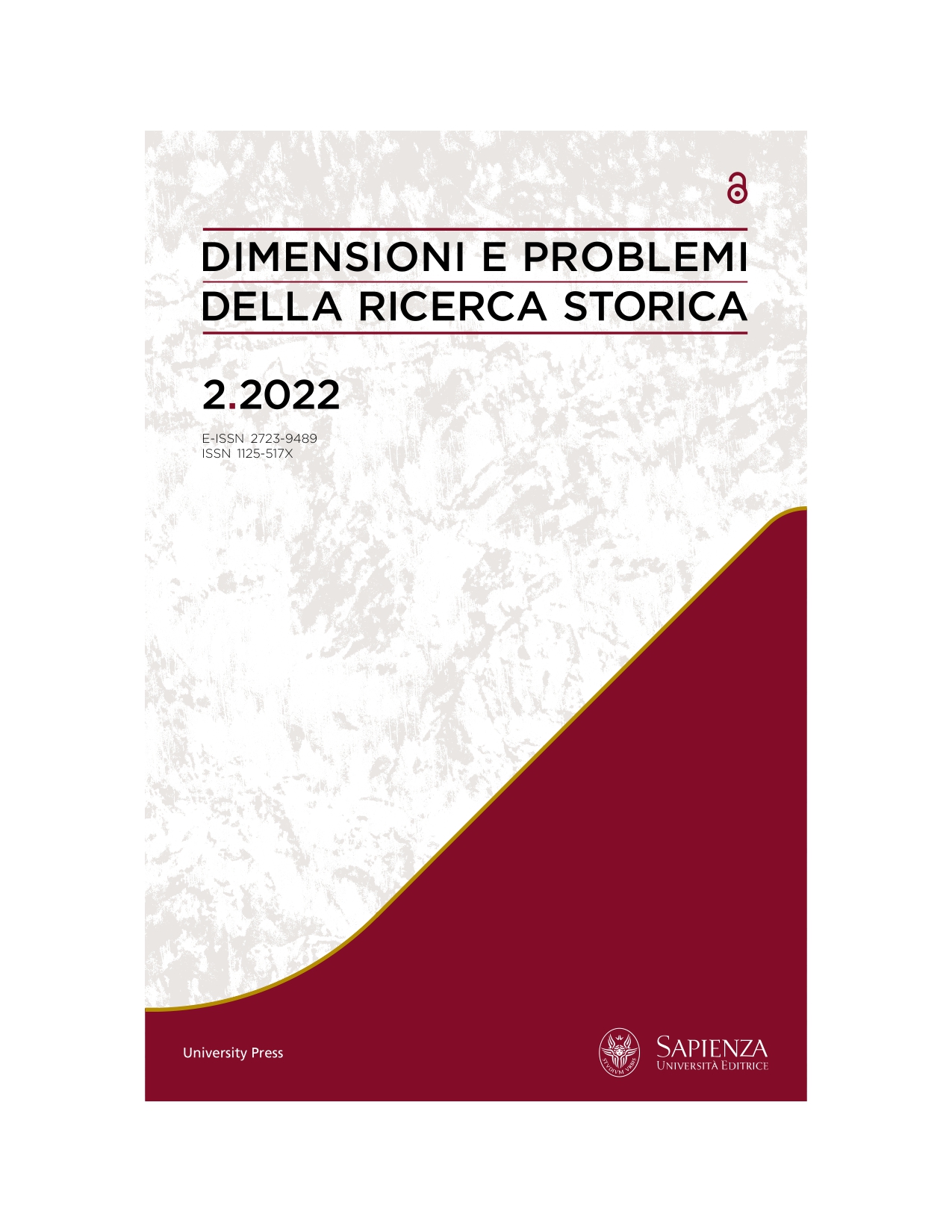Una rivoluzione militare? Scenari dalle vicende degli antichi Stati italiani
DOI:
https://doi.org/10.13133/2723-9489/1483Abstract
Much has changed in historiography since the English historian Michael Roberts, in the mid-1950s, coined the category of the military revolution. Roberts’s military revolution was a “restricted” version, destined to be superseded by a “larger” version by Geoffrey Parker in the 1970s and 1980s. The late 1980s were also those in which in Italy there was a metamorphosis in the reference models of academic military historiography, which began to fill several gaps. In this perspective and in closer dialogue with international historiography, the role of the ancient Italian states in military modernization has been studied by declining other variables with respect to sails, cannons and fortresses, on which the paradigm of the military revolution was based.
The complex and varied social structure according to the territories, the relationship between professionalization and the survival of clientele, the dialectic between regular armaments and militias: these are just some of the factors that have diluted the concept of military revolution in space and time, identifying in the Italian pre-unification states undoubted factors of innovation (to be read, however, in a plot played on a wider stage, Mediterranean or continental), but also factors of permanence that go beyond the traditional periodization of the modern age. Not by chance, the military historiography of recent decades has contributed to rediscover the centuries of the late Middle Ages and the seventeenth century, fundamental for understanding a long ancient regime rather than a revolution linked to innovations ascribable, from time to time, to Italians, Swiss, Spanish, Dutch, Swedish, French.
##submission.downloads##
Pubblicato
Fascicolo
Sezione
Licenza
Copyright (c) 2023 Paola Bianchi

Questo lavoro è fornito con la licenza Creative Commons Attribuzione - Non commerciale - Condividi allo stesso modo 4.0 Internazionale.


